What is Fiber?If you are into health at all, and probably even if you aren't, chances are you have heard of fiber. So what exactly is it? Dietary fiber is a category of complex compounds, found mostly in plants, that cannot be absorbed by the body through the digestive system. So what happens to them if we don't digest and absorb them like the rest of our food? Instead of fueling our bodies with nutrients, dietary fibers are used as a substrate (food!) by microbes like beneficial bacteria in the gut or to create bulk in the stool. Lots of gut-health information out there emphasizes probiotics and fermented food, broth, and herbs to help heal the gut, but it is also important to emphasize good old fiber when it comes to keeping your digestive tract healthy, and the research supports this as a part of promoting good gut health. What Are the Different Types of Fiber?You may have seen the terms "soluble" and "insoluble" when distinguishing between types of dietary fiber, which refers to the compound's ability to dissolve in water. Soluble fiber is generally thought of as prebiotic, feeding the gut microbes, insoluble fiber is what creates bulk in the stool and keeps us regular. Deeper study into dietary fiber actually shows that fiber in food can also be categorized not just by solubility, but also viscosity and fermentability, and these characteristics may better reflect each type of fiber's role in the body. There are about 5 main types of fiber, depending on which source you are using, based on these three factors above, which are: 1) Highly soluble, fermentable non-starch polysaccharides (NSP) (pectin, inulin, oligosaccharides, etc.) 2) Moderately soluble and fermentable NSP's (psyllium, oats) 3) Insoluble, fermentable fibers (bran, flax, vegetables, fruit peels, lignan) 4) Insoluble, non-fermentable fibers (such as vegetable "roughage," cellulose) 5) Resistant starch (RS)—These are both soluble and fermentable, but differ from type 1 as they come from starch and byproducts of small intestine fiber fermentation; RS resists digestion in the small intestine and makes it to the bowel, where it is fermented and can then feed microbes in the large intestine, which makes RS unique as the first four are used by microbes in the small intestine. (potatoes, green bananas, rice) So which type of dietary fiber is the best? While the body needs all of these different types of fibers in the diet to support gut health, the gut microbes prefer those that are fermentable to use as their source of fuel. Plant foods have soluble and insoluble fiber in varying proportions, with some providing RS as well, so having a variety of fiber-rich plant foods in the diet should be the focus, unless you have a certain symptom or gut condition, such as constipation or IBS. While all of the different fibers play a role in the gut, new research suggests the “best” type of fiber for the gut microbes is the soluble, fermentable, viscous fiber type, and this category of fibers is being referred to as microbiota-accessible carbohydrates (MAC) due to the bacterium's preference for this fuel source. MAC's would include both soluble non-starch polysaccharides and resistant starch, as these types both have the ability to feed the microbiota in the small intestine and the colon, respectively. This new distinction shows the importance of these specific foods to promote a diverse microbiome, which must be considered when looking to create a healthy gut. What Are the Best Sources of Fiber?With a few exceptions, dietary fiber comes from plant foods. I am a big advocate of a diet that is centered around nutrient-dense animal foods, but we do need to include adequate plant foods to meet our fiber needs. It's all about balance! Here are the main sources of fiber in the modern diet: 1) Whole grains and whole grain flours—Though not everyone can tolerate grains, they are a significant source of fiber in the diet, and have been for thousands of years. This includes all varieties of wheat, as well as rye, barley, oats, rice, millet, quinoa, buckwheat and corn. Whole grains do contain some soluble fiber, but provide mostly insoluble fiber. The exception to this is with barley and oats, which are high in beta-glucans, a type of prebiotic fiber. Whole grains do provide resistant starch, which is also present in refined grains (not saying go eat those, however!). Notably, RS is increased in grains and some other starchy foods when cooked and cooled or when soured, like in sourdough bread. 2) Beans and legumes—Beans are one of the densest sources of fiber for a whole food, and are a significant source of MAC’s, as the fiber present in legumes is highly fermentable. They provide some RS as well, along with protein and minerals, making them dynamite for gut health once tolerated. This would include black, pinto, red, white/navy, lima, and garbanzo beans, lentils, split peas and green peas, and peanuts. 3) Tubers, root vegetables, and winter squash—These higher-carbohydrate vegetables do have quite a bit of nutrition (yes, even white potatoes!), including a significant amount of fiber. In this category, I'll put beets, carrots, sweet potatoes, potatoes, chicory and dandelion roots, burdock root, ginger, butternut and other winter squashes. These foods contribute NSP fibers along with insoluble fiber and RS, which increases when cooked and cooled--think potato salad, leftovers. 4) Non-starchy vegetables—Much of what these provide is insoluble fiber, what I refer to as roughage, but some have smaller amounts of soluble fiber as well, depending on the specific food. This group collectively refers to veggies that grow above ground and/or are lower in carbohydrates, like lettuce, kale/greens, summer squash, artichokes, onions and garlic, green beans, eggplant, tomatoes, okra, peppers, cabbage, Brussels sprouts, etc. Okra, artichokes and alliums like onions and garlic do provide prebiotic fibers along with their roughage. 5) Fruit—Fruits, including apples, pears, citrus, berries, avocado, peaches, cherries, mango, banana and all of the other fruity goods, provide pectin, which is a great MAC, along with other fermentable fibers and some insoluble fiber. Under ripe fruit such as green bananas or plantains provide more RS and less NSP, because the starch increases and the sugars increase as the fruit ripens. Avocado and berries are both very high in fiber and low in carbohydrates if you need to follow a low-carb diet. 6) Nuts and Seeds—Foods like almonds, cashews, macadamia nuts, walnuts, Brazil nuts, sunflower seeds, chia, flax, and pumpkin seeds, contain a good amount of all of the non-starch fiber types, along with protein and fat, making these a great fiber option for low-carb folks. 7) Other: This is my catch-all category of high fiber foods, which includes mushrooms, algae and seaweed, all sources of beta-glucan prebiotic fibers. Cocoa powder and dark chocolate also provide fiber! Yay! I will also include milk here, with an emphasis on breastmilk for infants. Milk is a source of oligosaccharides and lactulose that are prebiotic as well--the human milk oligosaccharides (HMO's) are what feed the gut microbes in breastfed infants, while other dairy milks contain galacto-olicosaccharides (GO's), acting as prebiotics in those consuming dairy; there is a difference in the gut microbiome between breastfed and bottle-fed infants for this reason. 8) Functional fiber—These are supplements/manufactured products that provide concentrated sources fiber, though some of them can be derived from food, such as psyllium husk, guar gum, maltodextrin, inulin, OS/FOS/GOS, and prebiotic powders/supplements. There are also sources of RS for supplemental use, including high maize corn starch, potato starch, and green banana flour. I always go to food first, but some may need to supplement if getting adequate fiber is difficult in the diet or if certain conditions require supplementing this nutrient. The Many of Roles of Fiber and Its Benefits to the BodySo we know that fiber is good for the gut, but exactly what does it do for us? Here is a list of some of the evidence-based roles of fiber in the digestive system and throughout the whole body:
How Much Fiber Should We Be Eating?There are many different recommendations for how much fiber we need to eat for optimal health. The current RDA is 25 grams for adult women and 38 grams per day for adult men, though most Americans get an average of 15 grams per day. No wonder digestive issues are so prevalent on the Standard American Diet (SAD)! Despite this governmental recommendation, there is evidence that some of our ancestors ate up to 120 grams per day, and while most would struggle to consume this much, getting the RDA is the bare minimum needed to support a robust microbiome and gut functioning. This can be hard to achieve, especially if following a low-carb diet, which is when fiber supplements, such as a prebiotic powder, can come in handy. We know that diversity of the microbiome and the ability to have optimal gut functioning depends on adequate fiber in the diet, and these markers of health were much better in traditional diet, so increasing fiber above the RDA may be necessary for some, though not for all. If you have been eating a lower-fiber diet, such as the SAD, it is important to gradually increase how much you dietary fiber you consume, especially from supplemental fiber, to avoid unwanted symptoms like bloating, gas or abdominal cramping. Also, be sure to drink plenty of water when consuming a high-fiber diet as well to prevent constipation. Do Some People Need to Avoid Fiber?Getting higher amounts of fiber per day is a recommendation for general wellbeing, not for those with intolerance of certain fibers or starches, or with certain gut conditions. Some people actually may need to avoid or limit fiber for a period of time; though fiber may help prevent IBS, those suffering with it may find their symptoms worsen when fiber is increased, in part due to slow gut motility and dysbiosis that is commonly seen in IBS patients (such as SIBO). This is because fermentable fibers can feed pathogenic microbes, in addition to beneficial ones, which can worsen symptoms, and increased bulk through non-fermentable fibers can be aggravating as well if the gut is inflamed. In the case of dysbiosis, IBS, or other chronic gut conditions and even some autoimmune diseases removing or decreasing fiber, or just specific types of fiber, can be beneficial as part of a gut-healing protocol. This is the reasoning behind the low FODMAP diet, as FODMAP's are prebiotic, fermentable fibers. However, once inflammation has gone down, dysbiosis has improved and the gut lining started to be repaired, it is critical that fiber should be reintroduced gradually to maintain healthy gut flora and function going forward. How Do I Get More Fiber in My Diet?It can be difficult to get adequate fiber in the diet, but it can be done with careful planning. Below are some of my favorite tips for increasing your intake of dietary fiber.
A Day of High-Fiber EatingOk, so we know why to eat fiber and what foods provide it to our diet, but what would a day of high-fiber eating actually look like? Below is an sample of a meal plan that provides about 53 grams of fiber per day--well over the RDA. Of course, increase your fiber intake gradually and monitor changes in gut health for discomfort or unwanted symptoms, especially if this way of eating is new to you. Feel free to modify it as needed! Breakfast (10 grams fiber): 2 eggs scrambled with 1 cup spinach, top with cheese (2g) 1 cup soaked oatmeal with cream and 1 Tbs ground flaxseed (8 g) Lunch (12 g): Half sandwich with deli meat, cheese, veggies and ¼ cup avocado slices on 1 slice sprouted Ezekiel bread (6 g) 1 cup carrot sticks with ¼ cup hummus (6 g) Glass of raw milk Dinner (11 g): Meatloaf with organ meats, with onion in the mixture (1) 1 cup Cooked broccoli with butter(5) 1 baked potato or ¾ cup winter squash with sour cream(5) Snacks/Desserts (20 g): Yogurt with 1 cup raspberries with 1 oz dark chocolate (11 g) 1 medium apple and ¼ cup almonds (9) Need Even More Gut Health Support?Need some help increasing your fiber intake? Or curious if a low fiber diet may be therapeutic? If your gut health could use some TLC, then please reach out! I have a passion for helping people heal their gut, focusing on what is missing in the diet and the non-food habits that impact our gut as well. Visit my website to find out more about my 3- and 6-month plans, or to set up your FREE 15-minute consultation to see if working together is right for you healing journey! Sources:
https://journals.physiology.org/doi/full/10.1152/physrev.2001.81.3.1031 https://onlinelibrary.wiley.com/doi/10.1111/j.1440-1746.2010.06433.x https://pubmed.ncbi.nlm.nih.gov/3020970/ https://www.ncbi.nlm.nih.gov/pmc/articles/PMC4291444/ https://www.ncbi.nlm.nih.gov/pmc/articles/PMC6041804/ https://jneuroinflammation.biomedcentral.com/articles/10.1186/s12974-020-01760-1#Sec31 https://www.ncbi.nlm.nih.gov/pmc/articles/PMC5427073/ https://www.healthline.com/nutrition/22-high-fiber-foods#5-High-Fiber-Foods-You-Should-Eat https://www.gutmicrobiotaforhealth.com/an-update-of-the-scientific-evidence-behind-the-microbiota-specific-effects-of-common-dietary-patterns/ https://www.sciencedirect.com/science/article/pii/S1550413114003118 https://journals.asm.org/doi/10.1128/AEM.01705-20 www.nutritiondata.self.com https://pubmed.ncbi.nlm.nih.gov/22747080/ https://www.ncbi.nlm.nih.gov/pmc/articles/PMC6537190/
0 Comments
Leave a Reply. |
Brine & Broth
I am a gut health-focused nutritionist and online health coach based in Southwest Wisconsin. My recipes and philosophies center around traditional, nutrient-dense foods that support robust gut health. Archives
May 2022
Categories |
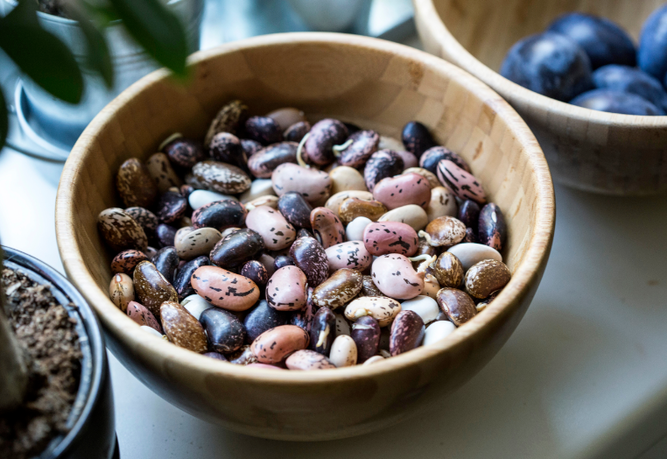
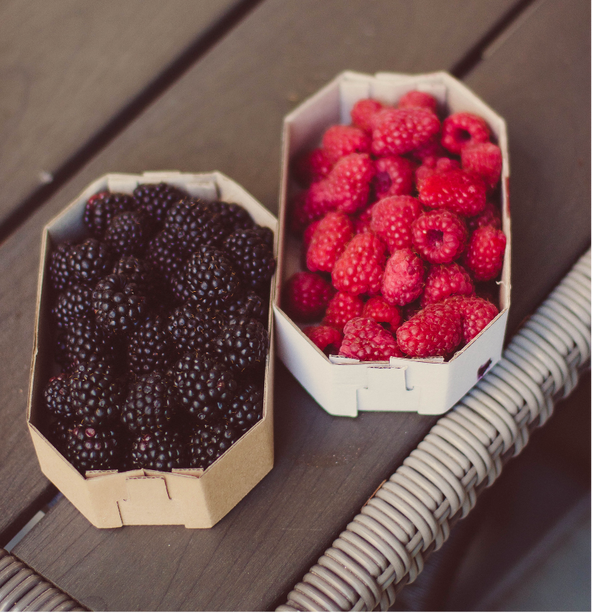
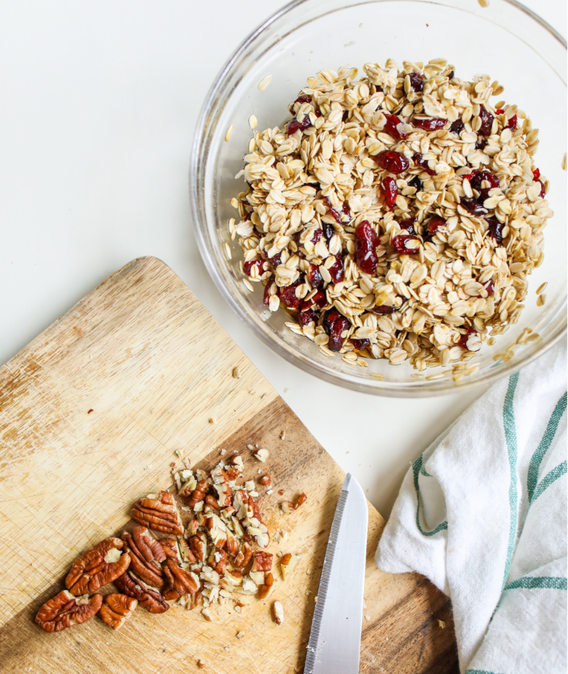
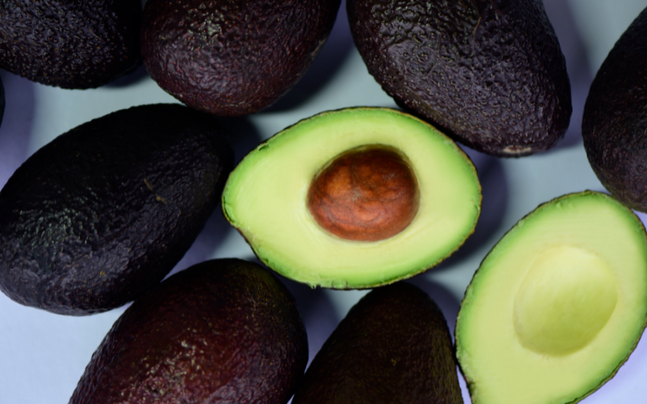
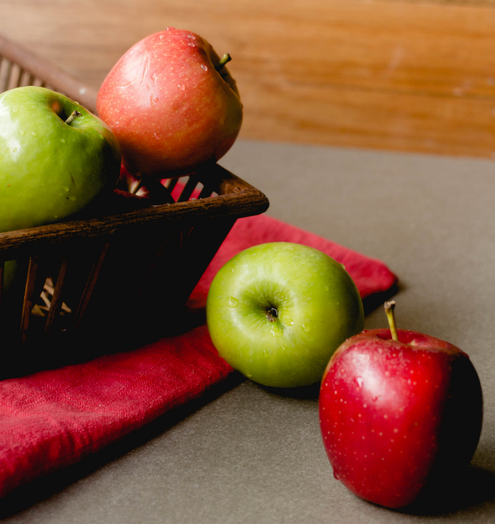
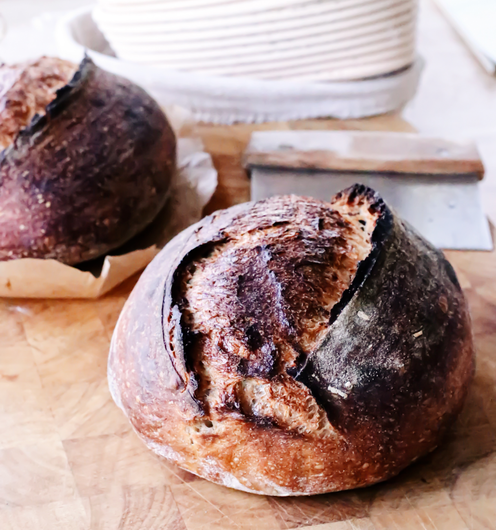
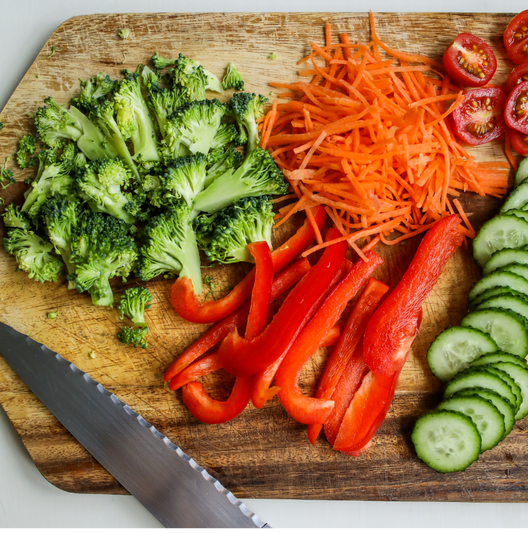


 RSS Feed
RSS Feed
